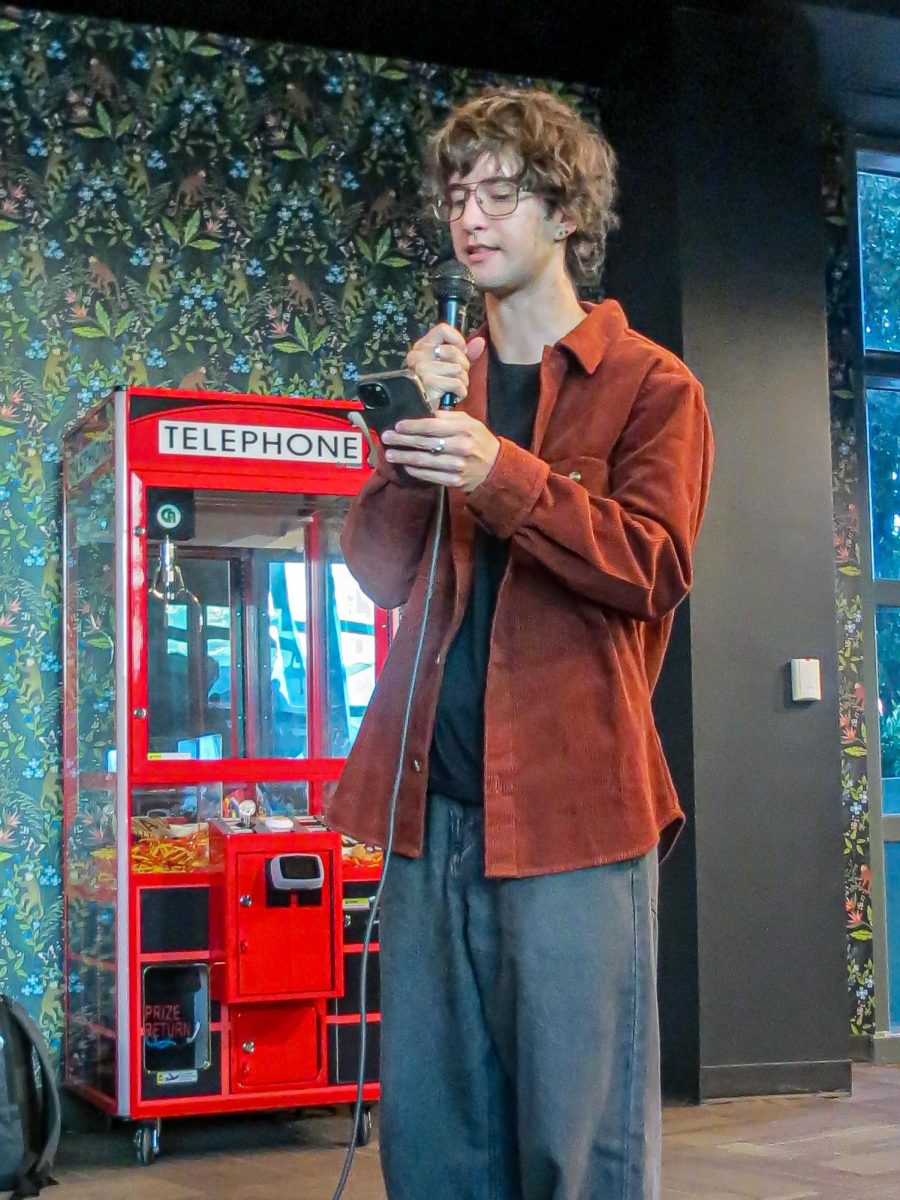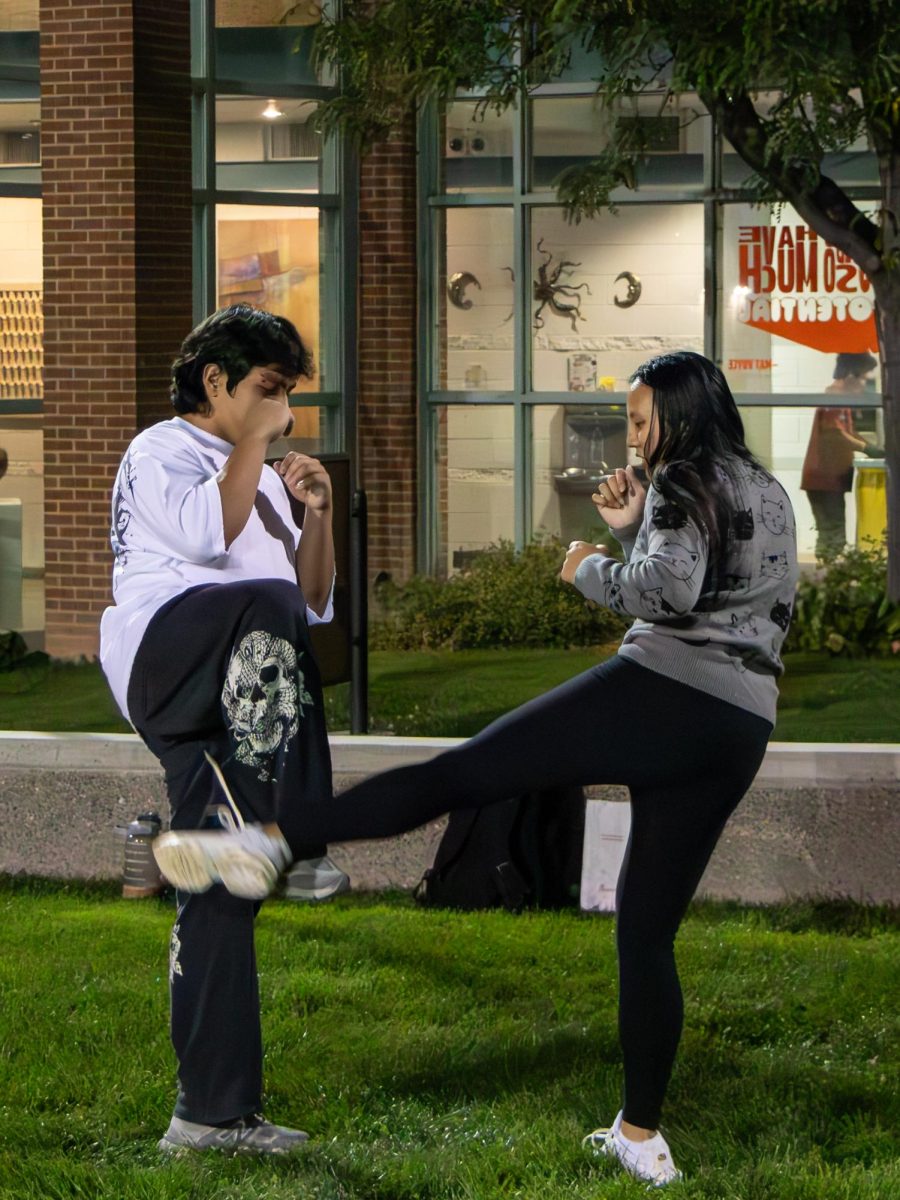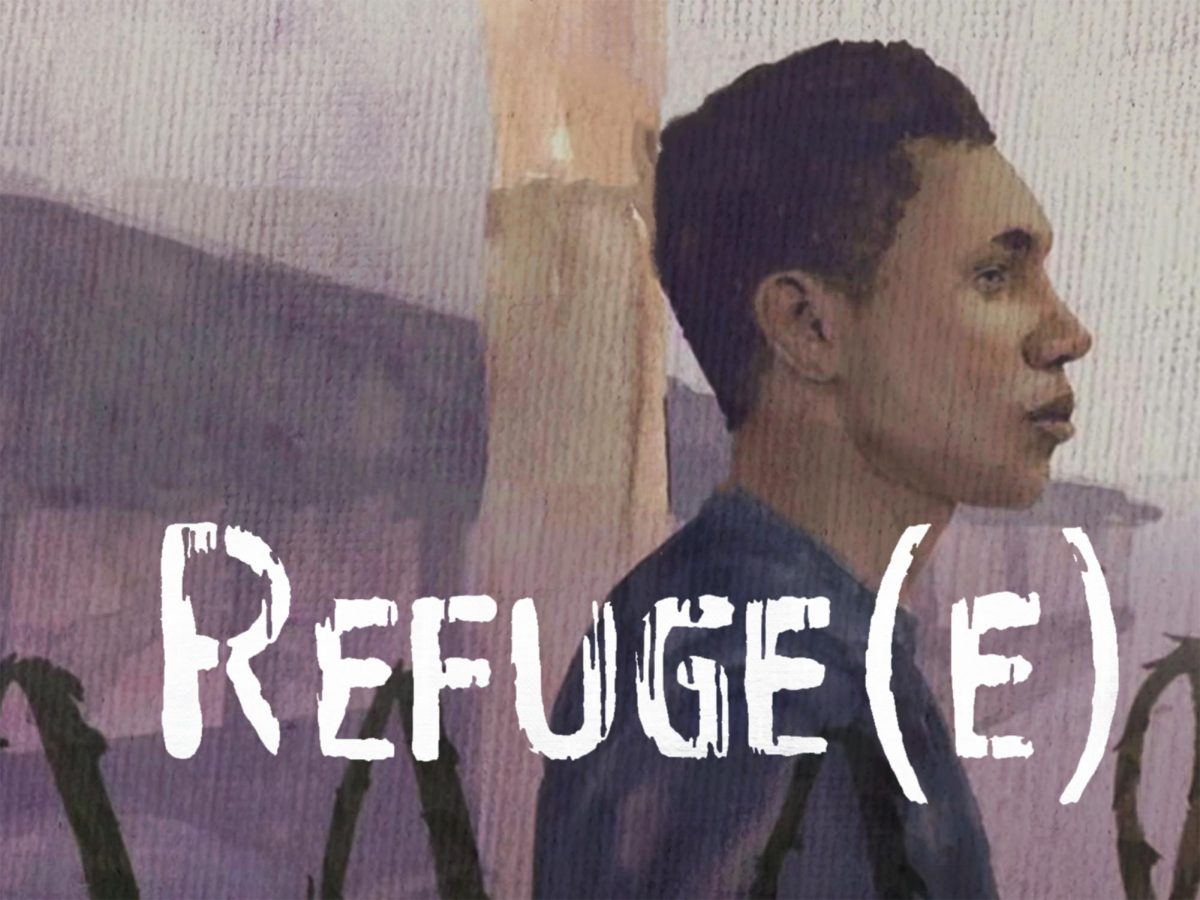In less than eight months, Coronavirus has ravaged the United States, infecting over 6,571,867 Americans, killing over 195,053 and becoming the primary cause of a 9.7% rise in the unemployment rate. Everyone knows how COVID has affected healthcare workers, teachers and minimum wage workers. But what about those in the art field?
“When COVID first started, I was afraid that they wouldn’t have the ability [to hire],” Colorado Mesa University (CMU) junior and graphic design major Bailey Pixton said. “The more I’m looking for jobs, the more I feel that the world is making available because they’re realizing that people can work remotely, especially with graphic design; it’s an easy field to be remotely working. So I feel like there’s more job opportunities than less, because of that.”
Although the remote working solution many employers have implemented keeps a lot of jobs, the isolation of remote work may be harmful to graphic design artists.
“I imagine myself working in an office with a bunch of other people, and collaborating, but it really looks like we’re going to be online forever now,” CMU junior and graphic design major Davis Moore said. “That scares me a little bit because I love the community aspect, but at the same time, I think it’s exciting.”
Taking a practical look at what has been happening to many graphic design jobs, the shift of the working community may very well be a blessing in disguise.
“The community aspect where you critique each other and that [collaboration] is so essential, and being online is a big change,” Moore said. “You have to work online, you have to have your files set up, nobody is going to be there to hold your hand, make sure it’s done right, make sure you’re doing it right. You just kind of have a deadline, and you send it in on the deadline and hope you did it right.”

Photo courtesy of Davis Moore
The catalyst that COVID-19 has proven to be for a change in many occupations is certainly no stranger to the world of graphic design and may have its own pros and cons.
“Right now we are in a transition between what graphic design was and what graphic design is going to be in the next couple of years,” Moore said. “I’m not necessarily concerned about getting a job to start opening up, but I am concerned about not really knowing what it’s going to look like.”
Many art students on the way to their degree may be disaffected from the idea of getting a job now, but still feel the impacts of COVID-19 due to its influence on CMU’s classes.
“Just the fact that when it was normal, more people could be in the lab. I think there’s a capacity, that only 10 people can be in the lab at a time,” Pixton said. “It’s all separated, the computers and everything. So it’s a lot harder to go into the lab and work because there are more people that are trying to use that lab, and there’s limited space.”
Despite the jarring alterations to not only graphic design majors but art majors as a whole, the inspiration which drives most artists remains.
“I’d say the amount of work, but also the love for the work [has stayed the same],” Pixton said. “Because I feel that the workload hasn’t changed, but that’s the benefit, and the best part about it is that through a pandemic, our program doesn’t stop going. It’s kind of a normal thing within the crazy that you can latch onto. Like this is the one thing that hasn’t changed and that’s good.”
In fact, the passion that most artists carry for their careers often proves to overcome any obstacle, even a global pandemic.
“The isolation isn’t such a problem, I have figured out ways to do my art no matter what,” Moore said. “Last Spring and this past Summer I actually did two murals in my mom’s garage. She wasn’t ecstatic about it, but it’s just figuring out how to do all your art from home.”
Despite how detrimental and disruptive Coronavirus has been in the past eight months, it’s clear the global pandemic stands no chance at hindering the passions of CMU’s art majors.









